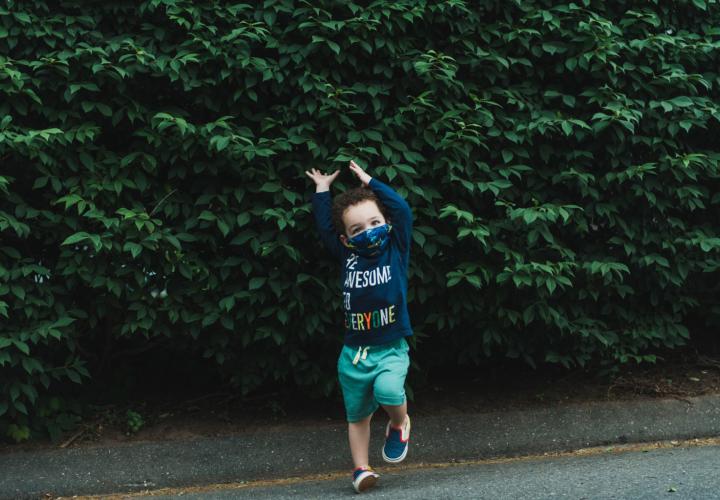Masks are one of the best ways to prevent the spread of coronavirus. But even if your child knows they’re supposed to wear a mask out in public, it can take some practice – and positive reinforcement – to get them in the habit. Child Life specialist Kathryn Robbins, MS, CCLS, joins the blog with tips.
Choose what will work best for your child based on their age, developmental level and other factors.
> Is your child new to wearing a mask, or struggling with the adjustment? Read 7 Ways to Introduce Your Child to Wearing a Mask.
